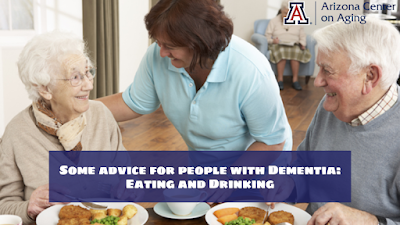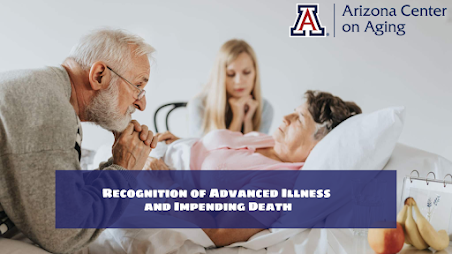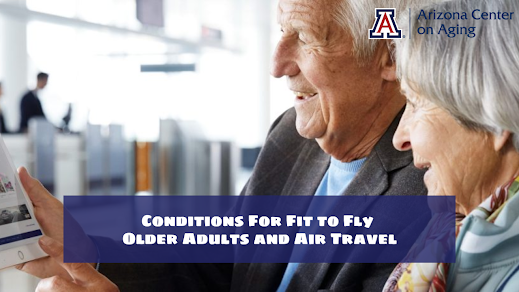Dementia eating and drinking

People with dementia should eat and drink, as some recommend. There are adjustments that have an impact on eating. Serve meals in a quiet area, turn off the TV and radio, stay away from disruptions, cut food into bite-sized pieces, check that dentures, spectacles, and hearing aids are in place, serve one item at a time, and put away unnecessary utensils. Offering liquids all day long, keeping a drink close, so the person can see it during meals, using a clear, brightly colored glass or cup so they can see it, and making sure the glass or cup is not too huge or heavy are some tips to help people with dementia with drinking. Water is the best beverage, but it's acceptable to offer other drinks as well. In some cases, flavoring water can encourage people to drink more. A glass should be easy to lift and hold. Read more: https://uofazcenteronaging.com/care-sheet/care-partners/dementia-eating-and-drinking/ Homepage: https://uofazcenteronaging.com/








